Building physical, mental, and community strength before the crisis — not after.
What Resilience Really Means
Resilience isn’t a slogan. It’s the capacity to prepare, absorb shock, adapt, and recover when systems fail. The Resilience Toolkit distills proven practices from nations that treat preparedness as a civic duty—Finland’s comprehensive security, Sweden’s total defense, Singapore’s psychological and digital defense, South Korea’s civil defense discipline—and translates them into actions you can take before the next disruption.
We organize resilience into five interlocking domains: Physical (body, home, sustainment), Mental & Cognitive (stress control, clear thinking, information hygiene), Community & Social (mutual aid, trusted networks, continuity of services), Digital & Economic (data security, financial continuity), and Planning for the Worst (scenario tools plus the world’s best citizen guides). Start with one domain, then layer redundancy across all five. The objective is simple: keep people safe, preserve function, and recover faster—as individuals, neighborhoods, and institutions.
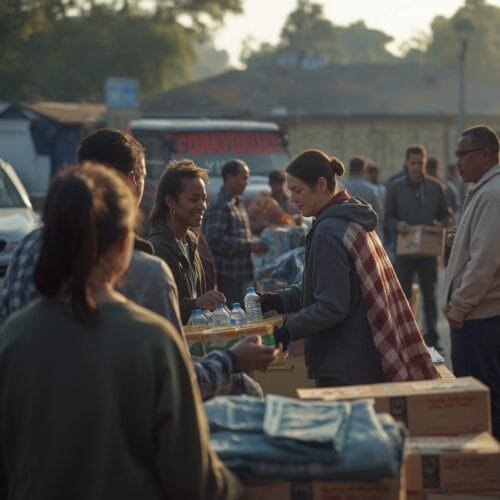
The Five Dimensions of Resilience
Resilience stacks in layers—start anywhere, then build redundancy across all five.
- Physical Resilience — Sustain body, home, and essentials when systems fail.
- Mental & Cognitive — Stay calm, think clearly, resist manipulation.
- Community & Social — Organize neighbors, protect services, share load.
- Digital & Economic — Secure data and income; keep work and comms online/offline.
- Planning for the Worst — Use global guides and tools to turn risk into plans.
See the dedicated pages for each dimension of resilience.
Why Resilience Matters
The systems we depend on—power, food, communication, finance—are fragile.
When one link breaks, cascading failures follow. Nations that plan ahead don’t just endure; they recover faster and protect their people better. Finland trains citizens to resist disinformation and defend networks. Japan builds redundancy into every layer of infrastructure. Lithuania teaches its public how to survive occupation or blackout.
Resilience is not fear-based—it’s pragmatic readiness.
It’s the bridge between vulnerability and endurance, shock and recovery, panic and order.
The Resilience Toolkit collects the world’s best civilian models and adapts them into something anyone can use.
Global Resilience in Practice
Civilian guides from around the world. Learn from existing best practices.
- Sweden — If Crisis or War Comes · Household readiness & information hygiene.
- Finland — Preparing for Incidents and Crises · 72-hour sustainment + cognitive defense.
- Singapore — Total Defence / CDEH · Psychological + digital defence for citizens.
- Taiwan — All-Out Defense Handbook · Air-raid, comms discipline, neighborhood roles.
- Republic of Korea (Spotlight) — Civil defense drills, sheltering, disciplined public action.
Browse the additional national resilience guides available in the full repository.
Featured Guides
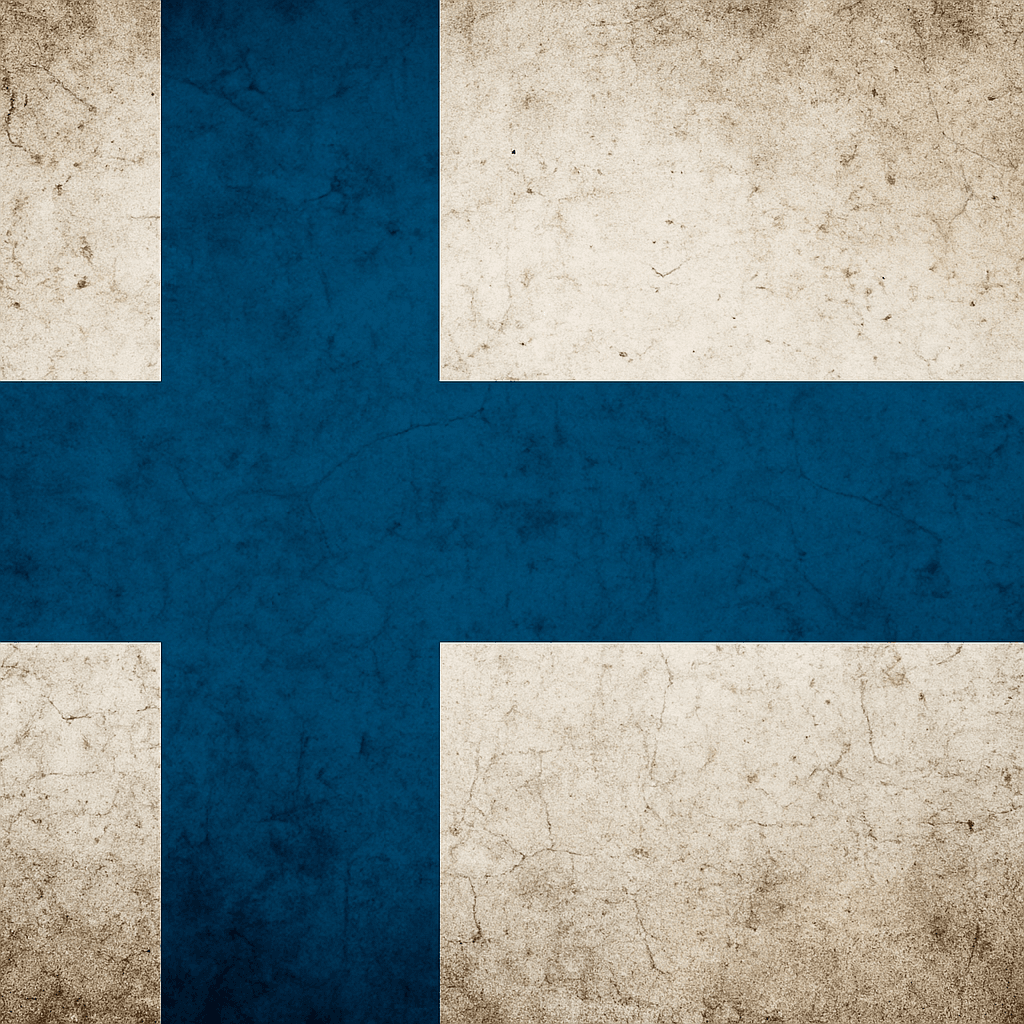
Finland: Preparing for Incidents and Crisis
A practical 72-hour sustainment model that treats preparedness as a civic duty. Finland’s approach blends household readiness with national defense and cognitive resilience against disinformation.
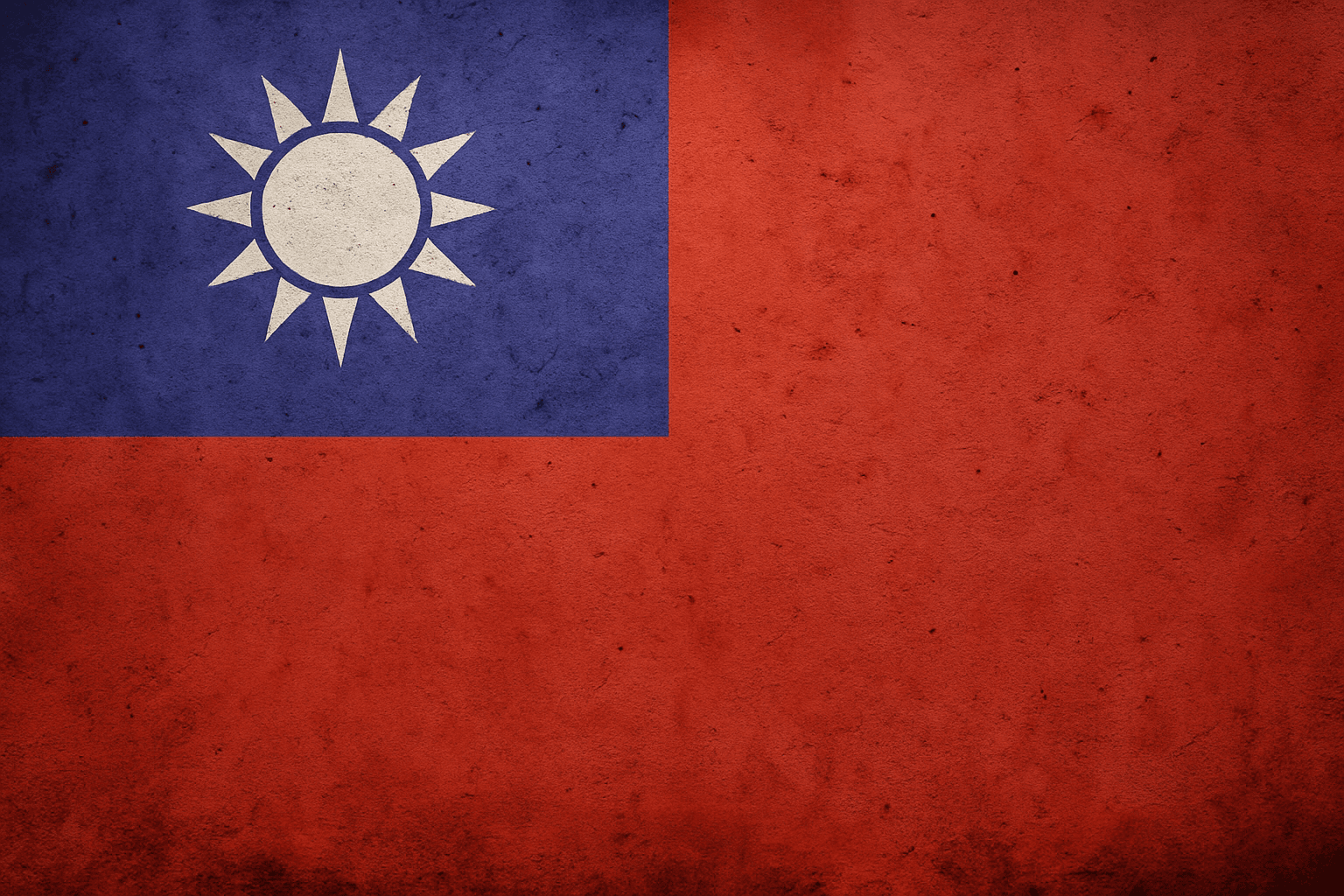
Taiwan: All Out Defense Handbook
A whole-of-society readiness manual that empowers civilians to act in crises. It covers air-raid safety, emergency communication discipline, and the role of neighborhoods in national defense.
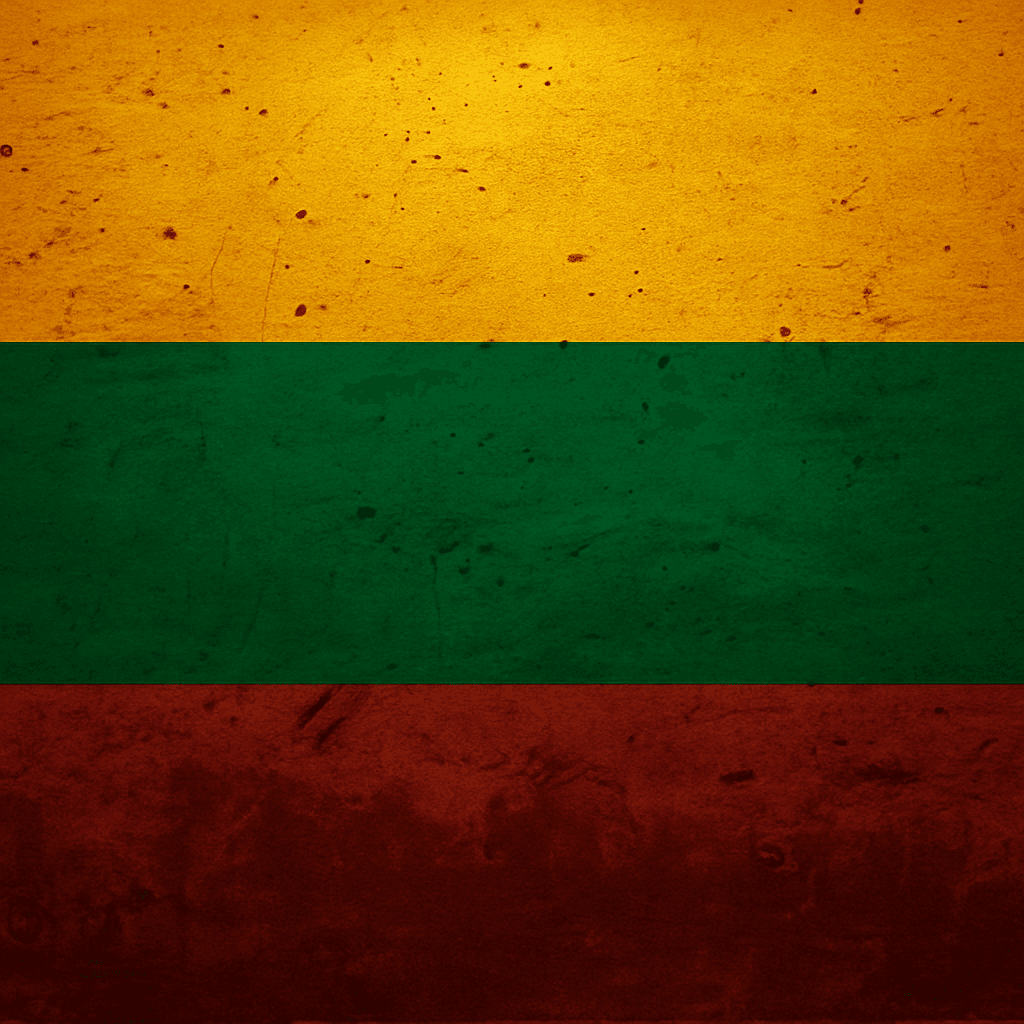
Lithuania: Prepare to Survive Emergencies & War
Developed under the threat of hybrid warfare, Lithuania’s guide trains citizens to recognize disinformation, sustain themselves in disruption, and support civil defense networks.
Resilience begins locally.
The guides above show what nations can achieve through collective readiness—but the next step belongs to individuals and communities.
Explore the sections on Physical, Mental, Community, Economic, and Planning resilience to start building your own layered foundation.
